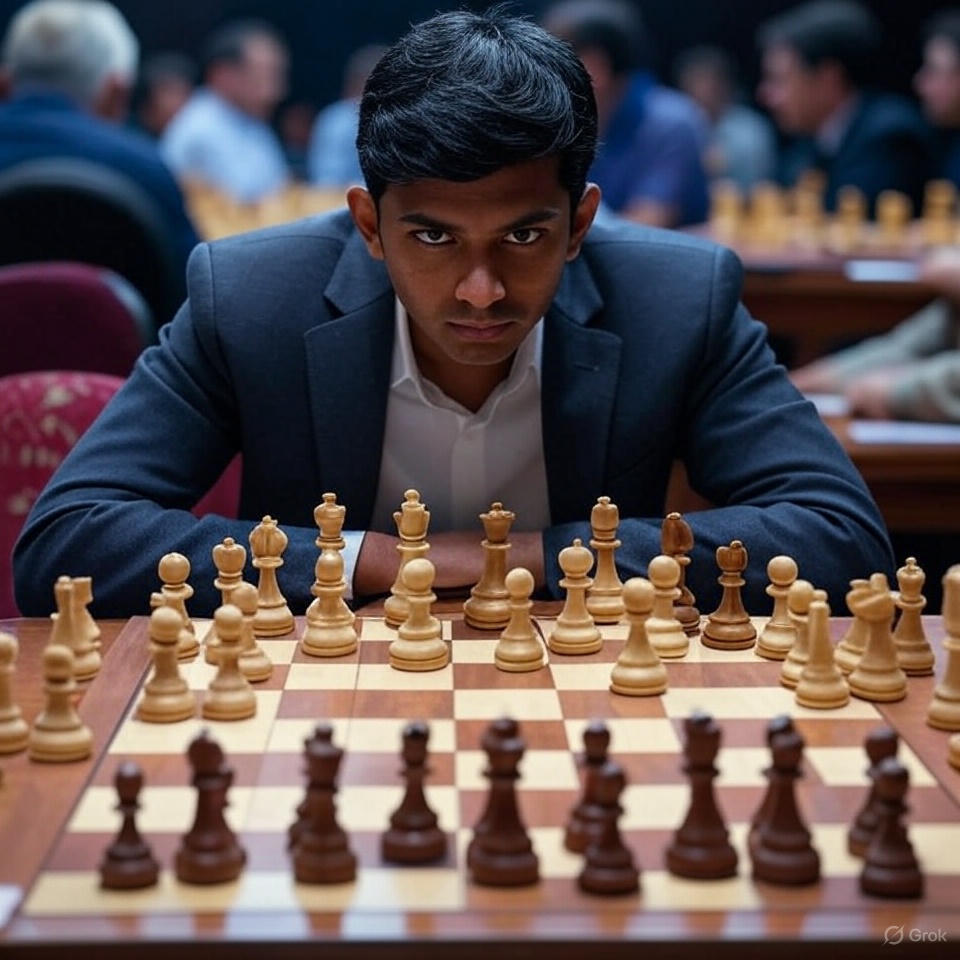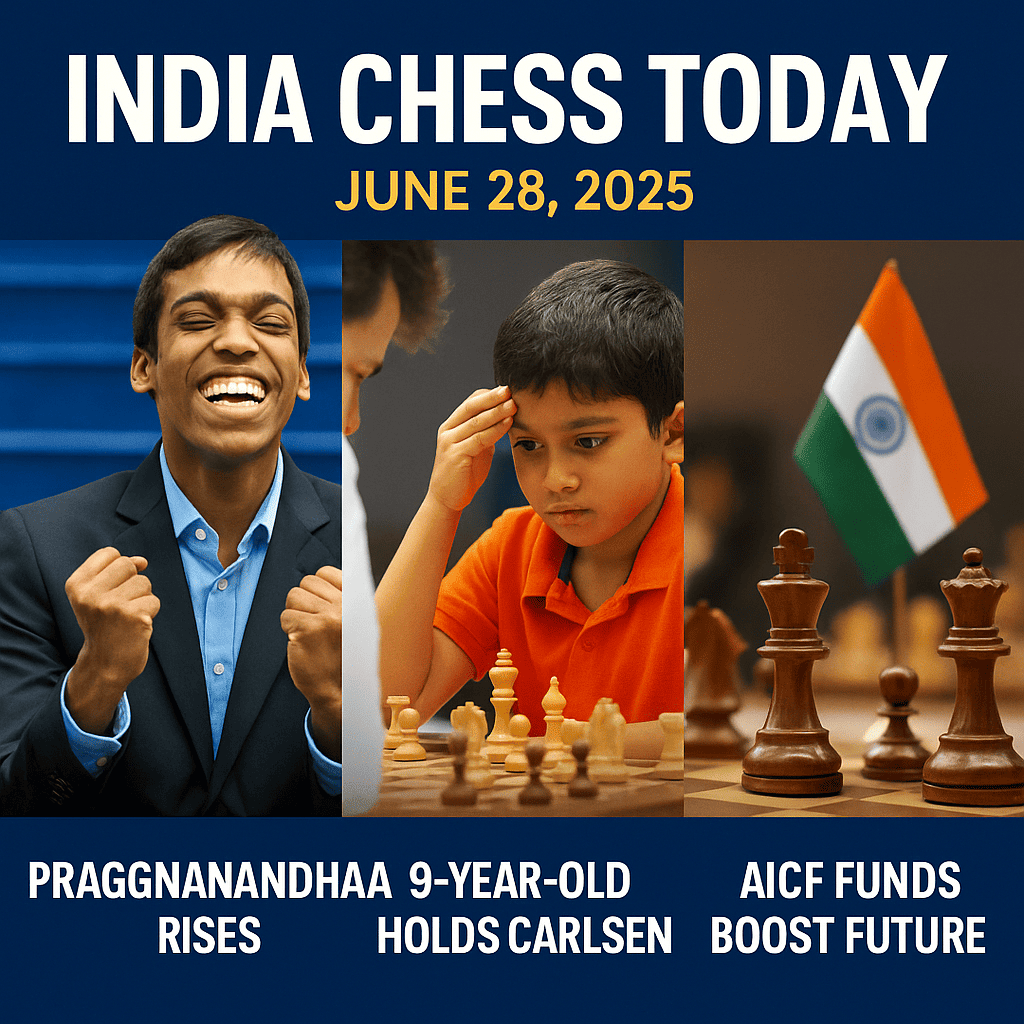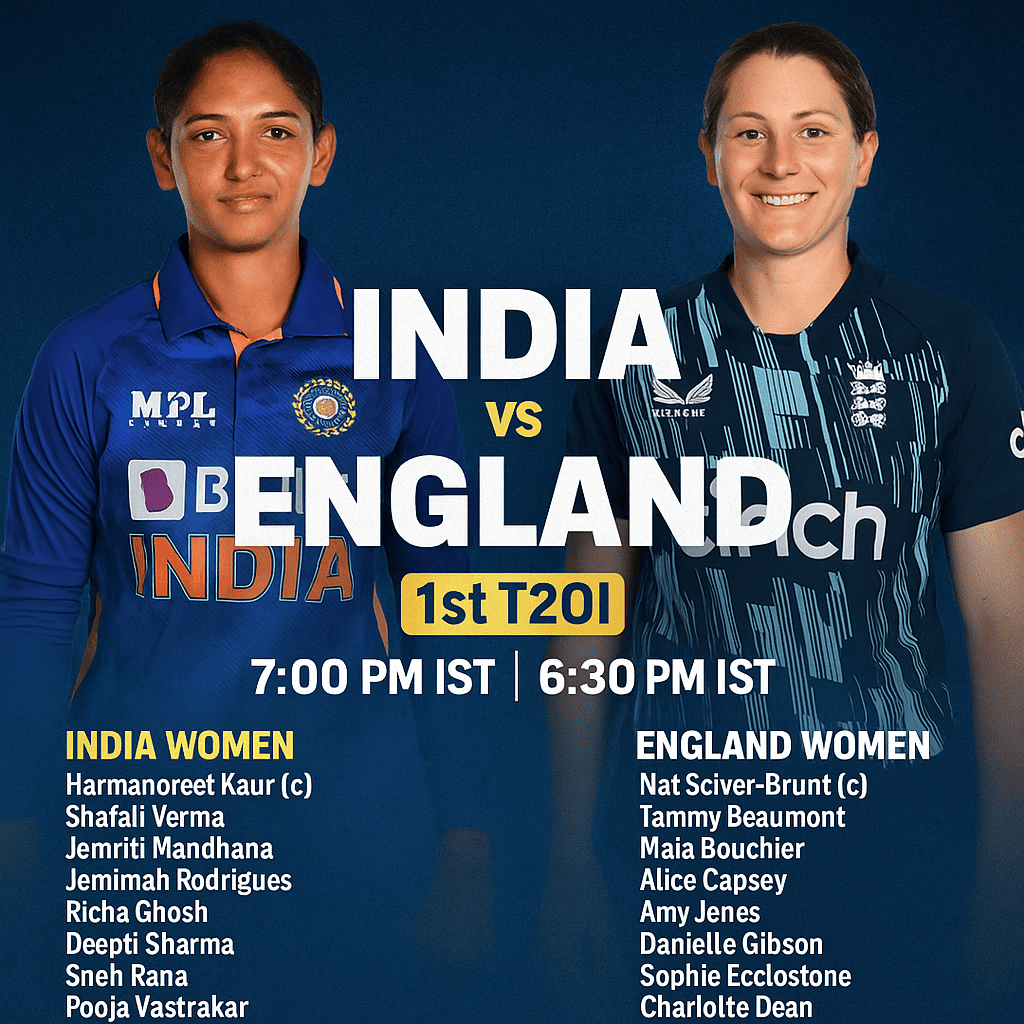India Football: The Rising Pulse of the Beautiful Game in the Land of Cricket

In a nation where cricket commands stadiums and headlines, football in India has been silently building a revolution of its own. From colonial-era beginnings to present-day stadium lights, the journey of Indian football is one of resilience, rich heritage, and untapped potential. While cricket may dominate conversations, football is winning hearts across Indian cities, towns, and even remote villages, becoming a powerful expression of regional pride and sporting passion.
Football was first introduced to India in the mid-19th century by British officers. What began as a colonial pastime soon became a symbol of resistance and unity. One of the most iconic moments in Indian sports history came in 1911, when Mohun Bagan Athletic Club defeated the East Yorkshire Regiment to win the IFA Shield. That victory was not just a football match; it was a statement of national pride, and the moment football became embedded in Indian identity.
For decades, domestic tournaments like the Durand Cup and Santosh Trophy were breeding grounds for raw talent. In 2007, the I-League was introduced to bring structure and professionalism to the sport. Clubs like East Bengal, Mohun Bagan, Churchill Brothers, and later Bengaluru FC carried forward the legacy, attracting loyal fan bases and creating fierce rivalries. But it was in 2014 that Indian football took its boldest step forward with the launch of the Indian Super League (ISL). The ISL brought in international stars, corporate investment, and state-of-the-art infrastructure. It elevated football to a televised spectacle and created new football cities like Kochi, Chennai, and Guwahati.
The Indian national football team, affectionately known as the Blue Tigers, has seen its share of highs and lows. The 1950s and 60s were India’s golden era in football, with the team achieving a fourth-place finish at the 1956 Melbourne Olympics and clinching gold at the 1962 Asian Games. These feats were achieved under the legendary coach Syed Abdul Rahim, whose legacy still inspires the current generation. However, the decline after the 1980s left Indian football in the shadows. That changed with the rise of players like Sunil Chhetri, one of the world’s highest international goal-scorers, and defenders like Sandesh Jhingan and Gurpreet Singh Sandhu, who brought back fighting spirit to the national side.
Grassroots development has become a cornerstone of India’s football future. Initiatives like the AIFF’s Baby Leagues, the Reliance Foundation Youth Sports program, and tie-ups with European clubs have laid the groundwork for identifying and nurturing young talent across the country. These grassroots efforts aim to develop technically skilled players who can compete at international levels from an early age.
Perhaps the most underappreciated but powerful aspect of Indian football is its fan culture. Cities like Kolkata, Goa, and Kochi are home to some of the most passionate football fans in Asia. The Kolkata Derby between Mohun Bagan and East Bengal routinely draws crowds of over 70,000 people. Fan groups like Manjappada (supporters of Kerala Blasters) are setting new standards in engagement, creating tifos, chants, and community movements that rival European ultras.
While India is yet to qualify for a FIFA World Cup, the dream feels more achievable than ever. Players are being scouted globally, with some gaining short stints in foreign clubs. Coaches and referees are receiving FIFA certifications. The AIFF’s Vision 2047 lays out ambitious goals: qualifying for the World Cup, strengthening women’s football, and building thousands of training centers across the country.
In conclusion, the story of Indian football is still being written. Each ISL season, each grassroots match, and each chant from a loyal fan brings us closer to a footballing nation. Cricket may have the spotlight, but football in India is earning the applause — one goal at a time.
In a country where cricket often overshadows every other sport, football in India is carving out its own passionate space. From dusty village fields to high-tech stadiums in Goa, Kerala, and Kolkata, India’s football story is one of quiet resilience, rich history, and a future brimming with potential.
The Origins: How Football Came to India
Football first arrived in India in the mid-19th century, introduced by British colonial officers. The earliest clubs like Calcutta FC (1872) and Mohun Bagan (1889) were symbols of both sporting enthusiasm and anti-colonial identity.
One historic moment was Mohun Bagan’s 1911 IFA Shield victory against the East Yorkshire Regiment, a watershed in both Indian football and national pride.
Evolution of Domestic Football
1. Santosh Trophy & Durand Cup:
In the mid-20th century, domestic tournaments like the Santosh Trophy and Durand Cup flourished. These platforms built regional pride and produced early legends of the game.
2. I-League (2007 – Present):
The I-League brought professional structure to Indian club football. Clubs like East Bengal, Mohun Bagan, Churchill Brothers, and Bengaluru FC created deep rivalries and loyal fan bases.
3. Indian Super League (ISL) – A Modern Revolution:
Launched in 2014, the ISL revolutionized Indian football by infusing:
- Private investments
- Global stars (like Roberto Carlos, Del Piero)
- High-definition media coverage
- Youth academies and grassroots programs
ISL transformed cities like Chennai, Kochi, and Guwahati into vibrant footballing centers.
National Teams: The Blue Tigers’ Journey
1. Golden Era (1950s–60s):
Under coach Syed Abdul Rahim, India became a football powerhouse in Asia. They finished 4th in the 1956 Melbourne Olympics and won gold in the 1962 Asian Games.
2. Modern Struggles & Resurgence:
Post-1980s, Indian football lost momentum. But with better organization, investments, and scouting, players like Sunil Chhetri, Gurpreet Singh Sandhu, and Sandesh Jhingan brought the fire back.
Sunil Chhetri, the current captain, is among the top 3 active international goalscorers globally—only behind Ronaldo and Messi.










